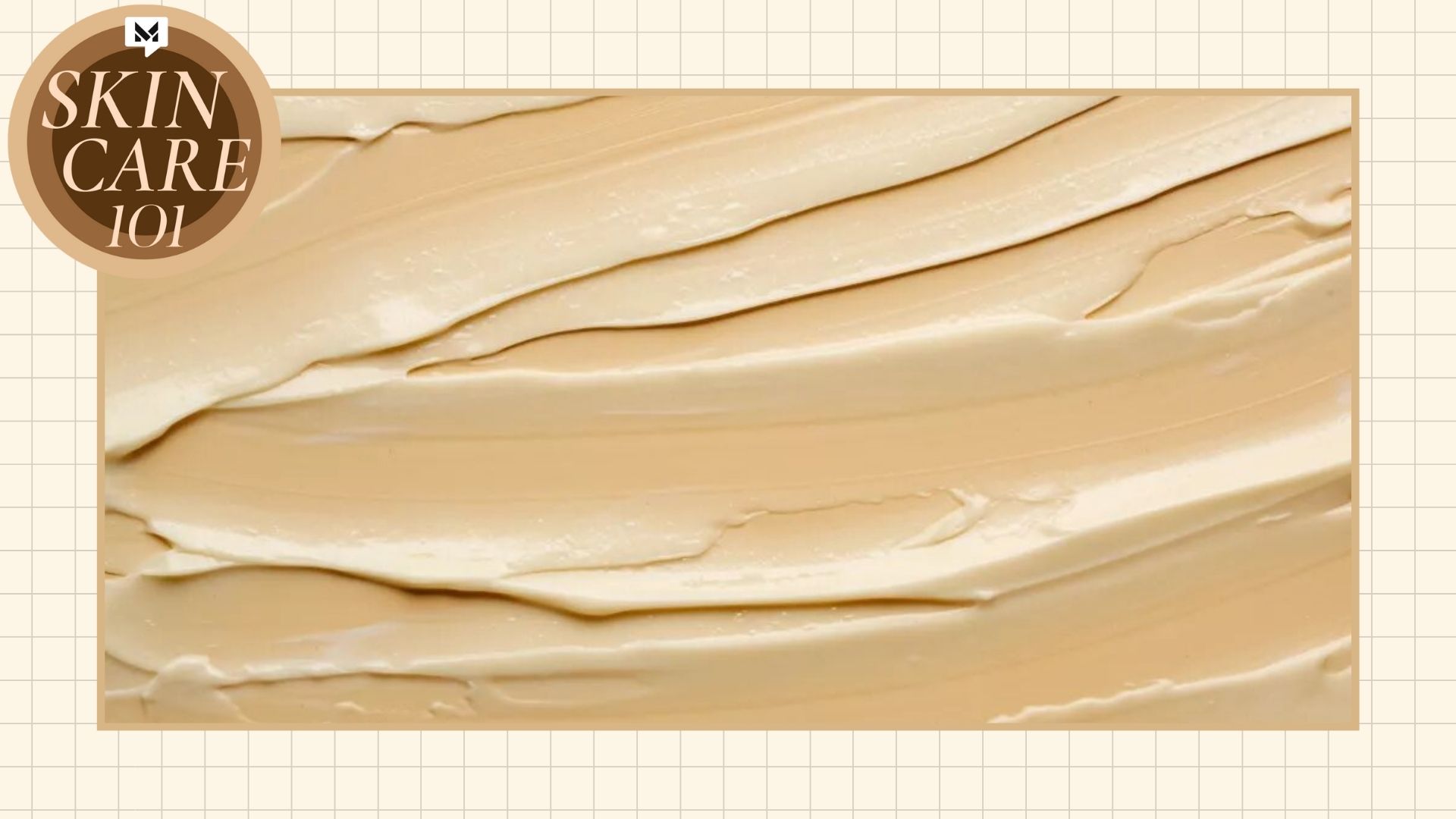What is shea butter and how does it work?
Here's what you need to know about shea butter and why it's been used in skincare routines for decades



Get the lowdown on shea butter in this instalment of Skincare 101—our comprehensive skincare dictionary of every ingredient that you need to know about.
We’d put our money on the fact that you’ve probably heard of shea butter, whether you’ve simply heard it mentioned or that it’s already a feature of your skincare routine.
But while you might be versed in how widely it’s used in skin and hair care products, you may not be so clued up on what makes it so beneficial in our beauty regimes.
Want to find out more? We've taken a long look at what shea butter is and exactly how it works in beauty products.
What is shea butter?
Shea butter is made from African Shea tree nuts. The butter is the plant lipids; to harvest it, the Shea tree seed is harvested and the kernel is removed. It is then ground up into a powder form and boiled in water. The "butter" will rise to the top as oil, then harden and can then be added to cosmetics or foods.
It is one of the ingredients sourced as part of The Body Shop’s Fair Trade Community program in Ghana, one of the countries where it’s a fairly common substitute for butter or margarine. You may also have had it in some of your favorite chocolates and pastries since it is used worldwide.
What are the benefits of shea butter for skin?
There are two types of shea butter available. Unrefined, which is raw shea butter and the purest form, has a beige color and smells nutty. On the other hand, refined shea butter may lose the nutty smell and have a white appearance.
According to Emily Johnston, a certified physician assistant at Sanova Dermatology, refined shea butter "may look attractive but it doesn't have the same nutritional, moisturizing, or curative properties as unrefined shea butter does."
Shea butter is known for being rich in fatty acids, vitamins E, D, and A, soothing allantoin, and antioxidants, which offer some protection against environmental effects like free radicals and pollution.
Shea butter's thick consistency and the fact that it is deeply nourishing and soothing means that it is suitable to help with dry skin conditions on the body. However, this thick consistency means that it comes with a risk of clogging your pores, and so may not be suitable if you have skin that is very blemish or acne-prone.
How to use shea butter in your skincare routine
How you use shea butter in your routine will depend on the form you purchase it in and the relevant instructions. Moisturizers are generally applied towards the end of a skincare routine, while oils are always the last step excluding SPF, should you be using a product that's designed for the face.
Because of its aforementioned thick and nourishing properties, shea butter is often found in many body and hair care products. Body moisturizer is best applied to damp skin after a bath or shower. Here are a few of our favorite options:

The Body Shop Shea Body Butter
RRP: $22/£18 for 200ml
Seriously nourishing for very dry skin, this thick butter promises to provide moisture for up to 96 hours. Plus, the aluminum packaging is completely recyclable.

L'Occitane Shea Butter Hand Cream
RRP: $30/£22 for 150ml
One of the most popular hand creams around the world, selling once every 3 seconds globally. Made with 20% shea butter, it packs a nourishing punch against dry hands.

Maui Moisture Heal & Hydrate Shea Butter Hair Mask
RRP: $9.80/£9 for 340g
Shea butter is incredibly nourishing for your hair, too. This rich mask from Maui is designed to quench dry and damaged hair for softer and healthier-feeling strands.
Now that you know all the uses and benefits of shea butter, we hope that you enjoy all that it does for your skincare routine. Get ready to have skin that's smooth like butter—literally!

Aleesha was Deputy Editor and Beauty & Fashion Editor for My Imperfect Life, where she headed up the beauty, fashion and eCommerce pages. Previously she was Shopping Writer at woman&home and gained an AOP awards nomination after working on their news team. She earned an MA in Magazine Journalism from City, University of London in 2017 and has since worked with a number of brands including, Women's Health, Stylist and Goodto. When she’s not testing all the new beauty & lifestyle products on the market, Aleesha spends her time soaking up the newest bestsellers and Netflix releases, watching everything Marvel, learning about different wines, attempting new languages and traveling as much as she can.